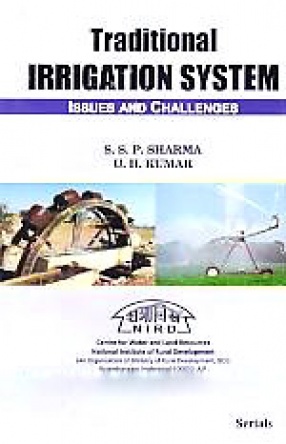
S.S.P. Sharma

Showing all 8 books
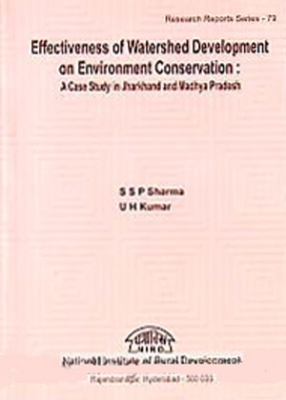
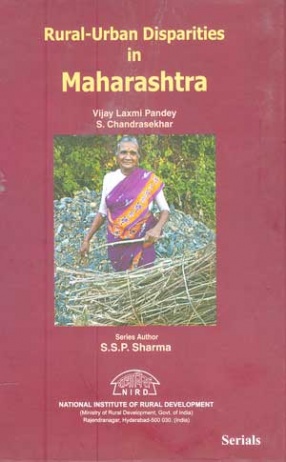
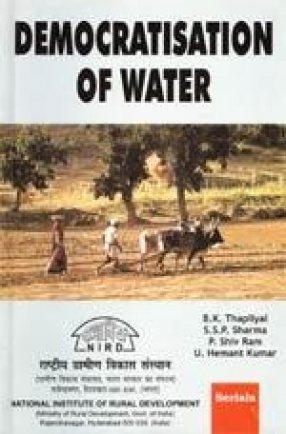
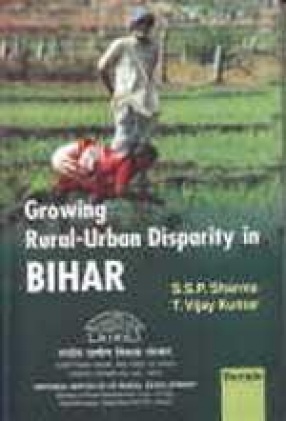

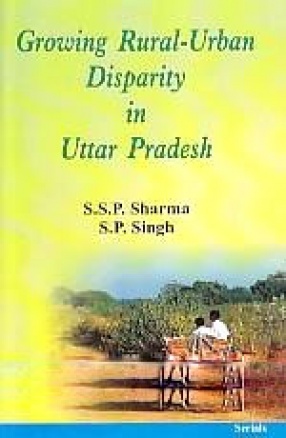
In India, the gap between rural and urban areas has been growing not only in terms of per capita income but also in terms of literacy, access to drinking water, sanitation and health services. Against this background, the present regional study analyses the pace and extent of rural-urban disparity in the state of Uttar Pradesh and the factors contributing to the same with the help of both macro and primary level data. The study provides an understanding of ...

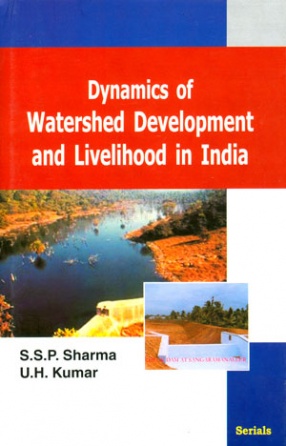
Watershed development provides not only strong conservation support to natural resource but also to create new opportunities for households to diversify their livelihood strategies. Assessing the new opportunities arising from watershed development, it is important to consider the issue of the compatibility of watershed development with existing livelihood strategies. The importance of this is perhaps best illustrated by looking at migration, which is one of the ...

There is a need for balanced development between urban and rural areas. Rapid urbanization could either increase or derease the extent of rural-urban disparities. At the same time the distinction between rural and urban areas is beginning to get blurred. This monograph studies the patterns and trends in rural-urban differences in well-being in Maharashtra using primary and secondary data.

With increasing population, food production and industrial activities, demand for multiple usage of water is multiplying every year. More over due to human activities, water pollution is becoming a major problem. Though more than 70 per cent of the surface area of the earth is covered by water, less than of three percent of all available sources of water are safe for consumption. In India, though sweet water resources are in abundance, their distribution across ...

Determining the disparities between rural and urban areas is apparently more difficult than it appears since it is possible to redefine what is urban and what is rural. Governments in Asia use different definitions for urban areas and do not define rural areas, treating them as the undefined residual. An area is designated as "urban" when it crosses a certain population limit (for example, 5,000 inhabitants) or when its population density reaches to a ...
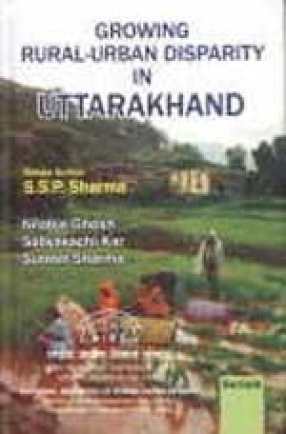
The growing disparity in India between regions, sectors and sections of the population, is a blot on our civilization. Although the economic reforms have ushered in an era of high growth, the unequal distribution of these gains--particularly between rural and urban sectors--has thrown up questions about the distributional impact of such growth processes. This book studies the nature of rural urban disparity for the hilly state of Uttarakhand. Based on secondary ...
